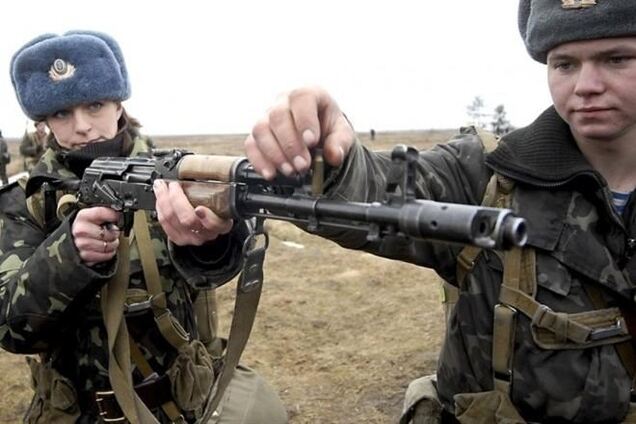Kaznj Russkih Soldat V Chechne Vikipediya

Location within Republic of Dagestan The Tukhchar massacre was an incident during the, filmed and distributed on tape, in which Russian were executed. Throughout the war, Russian soldiers reported finding taped executions of Russian officers and men. Experts say such films were an attempt to frighten enemy soldiers and advertise their deeds. Some videos were later sold as and ended up online. One tape created in September 1999 showed six Russian servicemen, one as young as 19, being brutally executed by Chechen terrorists. The video, both in part and in whole, has been uploaded to various video streaming sites such as, where it is also known as the Dagestan beheadings.
English-language sites often contain misinformation about the event, including the names of the soldiers, the name of the Chechen commander, and the year. As a result, the event has been mistakenly identified as the of four Russian soldiers at the end of the. Download acer ipisb vr rev 101 manual free pdf.
Last Name (V) M Velez; M Velez 1,510 people named M Velez found in New York, Florida and 43 other states. Click a state below to find M more easily. Browse Locations. Alabama (2) Arizona (26) Arkansas (2) California (91) Colorado (9) Connecticut (74) Delaware (3) District of Columbia (3) Florida (241) Georgia (21) Hawaii (1) Illinois (48. RECONCILIATION: ON HANDLING THE TRAUMATIC PAST. To the future of the 'great Russian people', the Soviet Union and praised Stalin. All economic organisations, social services, associations and soldier-recruits were under. Sodni procesi, administrativne kazni, posegi “ljudske oblasti”v Sloveniji od.
Contents • • • • • • • • • • • Battle [ ] On 5 September 1999, two units of Chechen militants crossed into, seizing the border village of Tukhchar in the. The Chechen commander leading the attack was identified as Umar Edilsultanov (known as Karpinsky Amir, named after the microdistrict of Karpinka in ), a subordinate of Abdul-Malik Mezhidov, commander of the of. Attacking very early in the morning, the Chechens found and exchanged fire with 12 Russian conscripts and one officer of the brigade stationed at a police checkpoint to strengthen border security. Shortly after the fighting began, the Russian operator of the unit's 30 mm was killed, communication was disrupted, and the Russians had run out of ammunition. Vasily Tashkin ordered a retreat to a second checkpoint. During a lull in the battle, local residents told Russian soldiers that the Chechens had given them half an hour to leave the village.
The villagers brought with them civilian clothing so they could smuggle the policemen and soldiers out of town safely. Tashkin refused to retreat any further, and his resolve convinced others to stay as well. When the half hour was up, the Chechen militants began to search for the Russian defenders, who had been hidden by the townspeople. Six of them barricaded themselves in a barn, but the Chechens surrounded it and poured gasoline on the walls, threatening to burn the structure down. The Chechen militants called for the Russians to surrender, claiming that their intent was to obtain leverage for a.
Massacre [ ] The six gave up their arms and surrendered on the promise of becoming prisoners of war. It was not long before the Russians realized that they had been deceived. In the name of resolving a '—revenge for the recent loss of four friends and relatives in the war—the Chechen commander Umar Edilsultanov then staged a in a nearby field. The prisoners were ordered to lie face down on a track outside the village, and Edilsultanov selected five men from his unit to behead the prisoners. The sixth (Alexey Polagaev) was killed by Edilsultanov himself. One of the Russian soldiers, identified as Alexey Lipatov, fled the site, but was shot with an assault rifle.